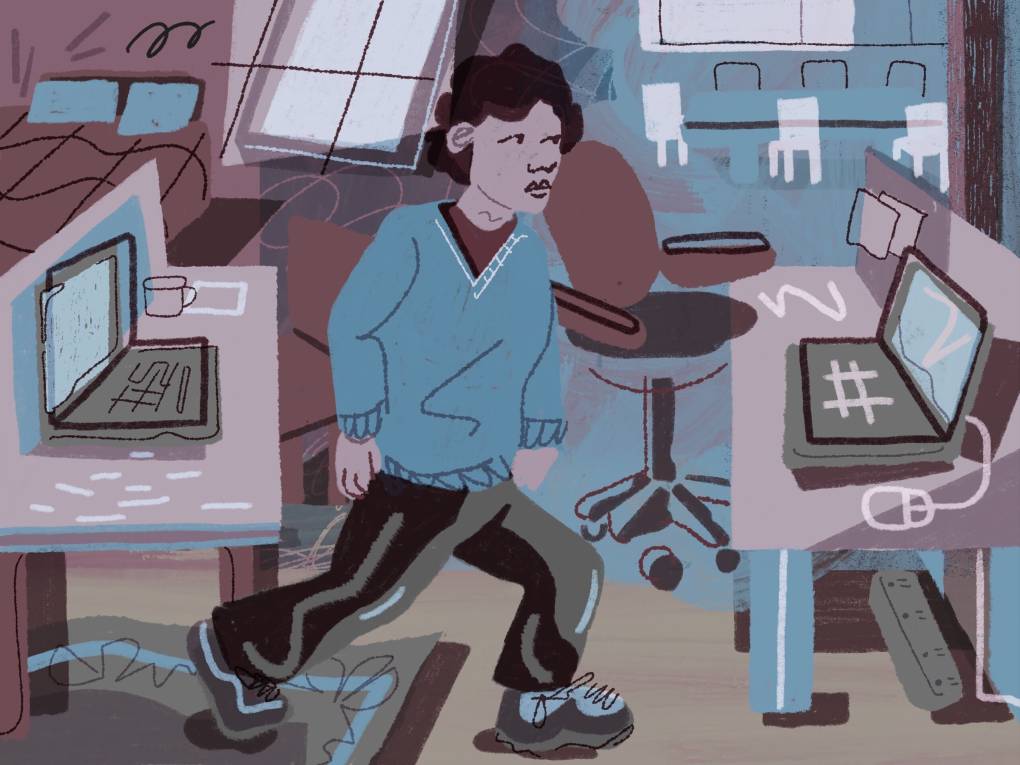Update 11:20 a.m., Friday: If you’re a parent or caregiver who’s had your monthly fees for child care assistance programs waived during the pandemic, those fees will now continue to be waived until Sept. 30.
Gov. Gavin Newsom has agreed to extend financial aid for lower-income families who receive subsidies for child care for at least another three months. As federal pandemic aid for these programs begins to expire, that relief was originally scheduled to go away starting July 1.
However, Gov. Newsom announced Thursday in his revised budget proposal for 2023–24 that the state will use $29.4 million in available federal funds to continue waiving these “family fees ” through September.
Legislators have sent the governor two bills that propose to establish a new sliding-scale fee structure, and Newsom has until May 19 to sign them.
Original story, April 26, 2023: During the pandemic, California made it easier for lower-income families to access child care by waiving monthly fees for numerous child care assistance programs. But starting July 1, that relief is scheduled to go away — which means these families may have to pay a lot more to keep their child care.
This is a complicated, evolving situation — and to make it even more complex, these changes could be halted by one or more legal measures in the works.
So if you or someone you know depends on state-subsidized child care, keep reading for how you could be affected, what you can do now to prepare for a potential increase in costs and what officials are doing in response to this situation. We’ll keep updating this guide as we know more.
Why is the cost of state-subsidized child care going up in California?
Since 1998, families who participate in various child care assistance programs in California have had to chip in a monthly fee — also called a co-payment — that is determined by their income level. These monthly fees are known as “family fees,” and they range from $36 per month to almost $600 per month.
At the start of the pandemic, California received permission from the federal government to waive family fees and temporarily stopped collecting them from families who already received subsidies for part-time or full-time child care.
California was able to waive these fees thanks to funds from the Coronavirus Response and Relief Supplemental Appropriations Act. That aid, however, is running out and the fee waiver is set to expire on June 30.
This means that starting July 1, families will once again have to pay this co-payment — unless the state extends the fee waiver, or changes the law around family fees.






